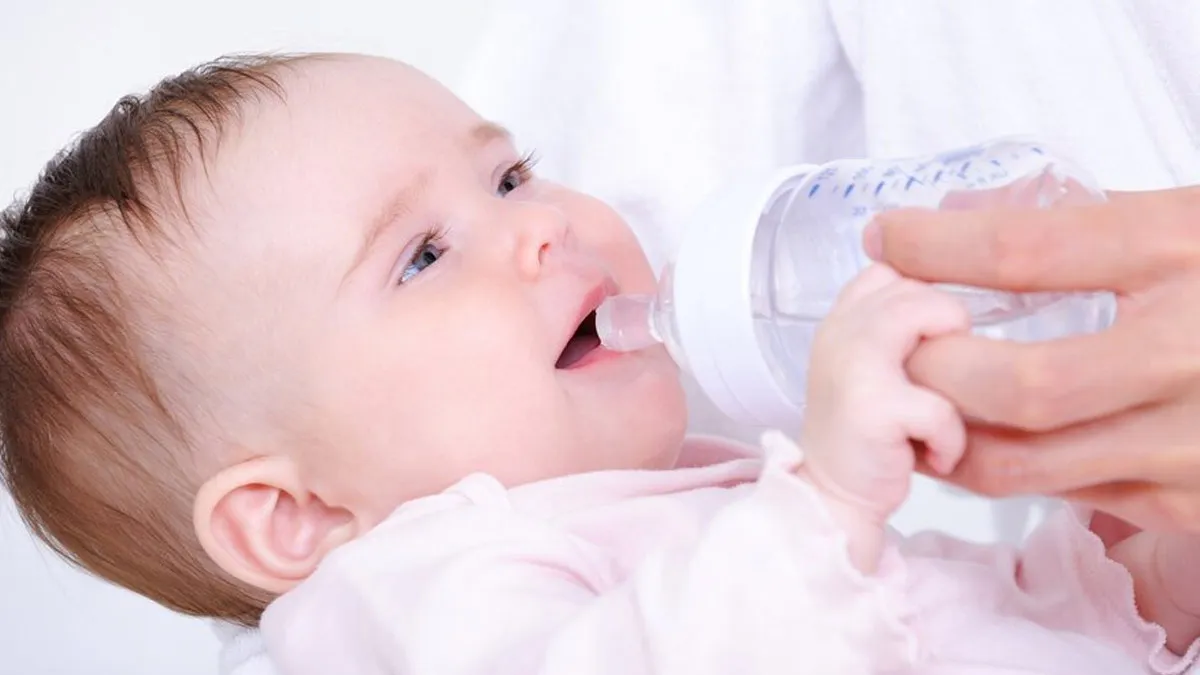
When it comes to ensuring your baby’s health, sterilisation plays a crucial role in keeping harmful germs at bay. Infants have delicate immune systems that are still developing, making them more susceptible to infections and illnesses. This is why parents must be diligent about sterilising baby bottles, pacifiers, and other feeding equipment.
Table of Content:-
In an exclusive interaction with the editorial team of Onlymyhealth, our expert, Dr Shrey Kumar Srivastav, Senior Consultant, Sharda Hospital - Noida, explored the importance of sterilisation, the risks of neglecting it, and the best methods to keep your baby safe.
Why Is Sterilisation Important?
Newborns and infants have weaker immune systems compared to adults. This makes them highly vulnerable to bacteria, viruses, and fungi that can lead to infections such as gastroenteritis, diarrhoea, and thrush. Even a minor exposure to harmful microbes can result in severe health issues, making sterilisation a vital step in their daily care.
Sterilisation eliminates bacteria and pathogens that may linger on feeding bottles, breast pump parts, teething toys, and utensils. Since milk residues can create an ideal breeding ground for bacteria, ensuring that all feeding equipment is free from contaminants is essential for your baby’s well-being.

Also Read: Expert Shares 7 Health Benefits Of Consuming Star Anise Everyday
What Happens If You Skip Sterilisation?
Neglecting to sterilise baby items can lead to a range of health problems, including:
1. Gastrointestinal Infections
Bacteria such as E. coli and Salmonella can thrive in milk and food residues, causing severe stomach infections and diarrhoea.
2. Oral Thrush
A fungal infection caused by Candida that can develop in your baby’s mouth and spread through improperly cleaned bottles and pacifiers.
3. Weakened Immunity
Frequent infections due to exposure to harmful bacteria can strain a baby’s developing immune system, leading to long-term health implications.

Also Read: Shingles Awareness Week: Expert Explains Why Shingles Is More Than Just A Rash
Best Methods of Sterilisation
Parents have multiple options when it comes to sterilising their baby’s feeding equipment. Here are some of the most effective methods:
1. Boiling Method
One of the simplest and most cost-effective methods, boiling involves submerging bottles, nipples, and utensils in a pot of boiling water for at least five minutes. While effective, it requires caution to avoid burns and must be done regularly.
2. Steam Sterilisation
Steam sterilisation, available through electric or microwave steamers, uses high temperatures to kill bacteria and germs efficiently. This method is quick, convenient, and widely used by parents.
3. UV Sterilisation
UV light sterilisation is a modern, chemical-free way to eliminate bacteria. It is particularly useful for items that cannot withstand high temperatures, such as certain pacifiers and teething toys.
4. Chemical Sterilisation
Sterilising tablets or liquid solutions containing baby-safe disinfectants can be used to soak bottles and accessories. This method is effective but requires thorough rinsing to prevent any residue from being ingested by the baby.
How Often Should You Sterilise?
For newborns, it’s recommended to sterilise all feeding equipment after every use. As babies grow and their immune systems strengthen, sterilisation may be reduced to once a day or as needed, alongside thorough washing with hot water and soap.
Bottomline
Sterilisation is a simple yet crucial step in protecting your baby from harmful infections. By ensuring that feeding equipment and baby essentials are germ-free, you provide your little one with a safe and healthy environment for growth and development. Implementing effective sterilisation methods will give you peace of mind, knowing you’re taking the best precautions for your baby’s well-being.
Also watch this video
How we keep this article up to date:
We work with experts and keep a close eye on the latest in health and wellness. Whenever there is a new research or helpful information, we update our articles with accurate and useful advice.
Current Version